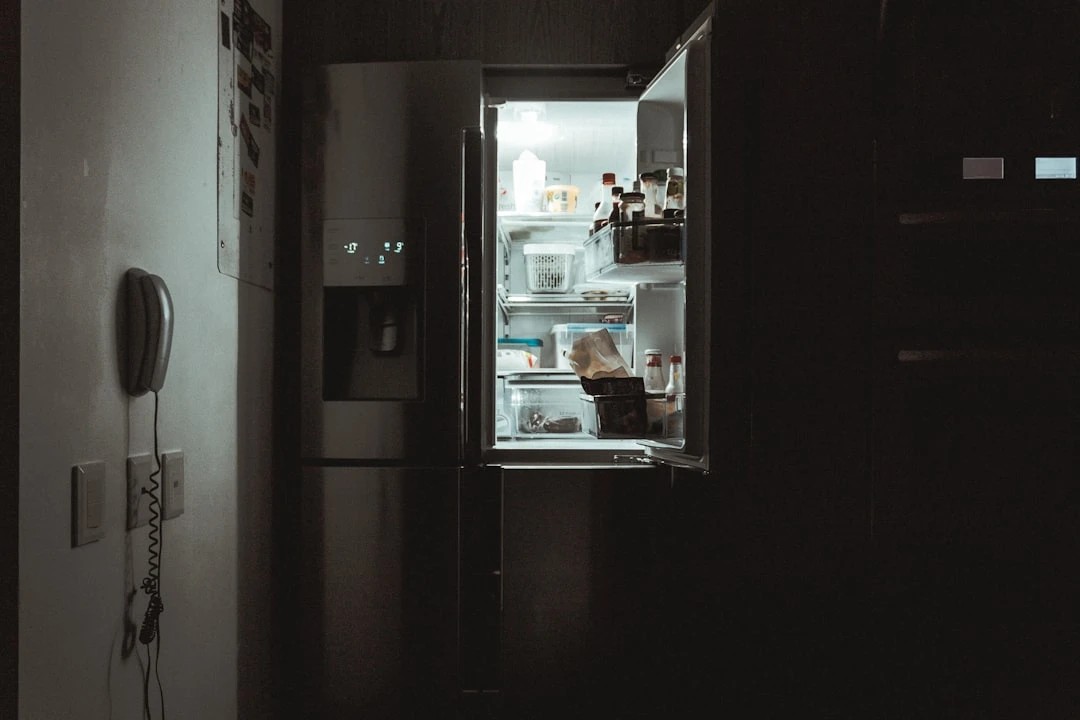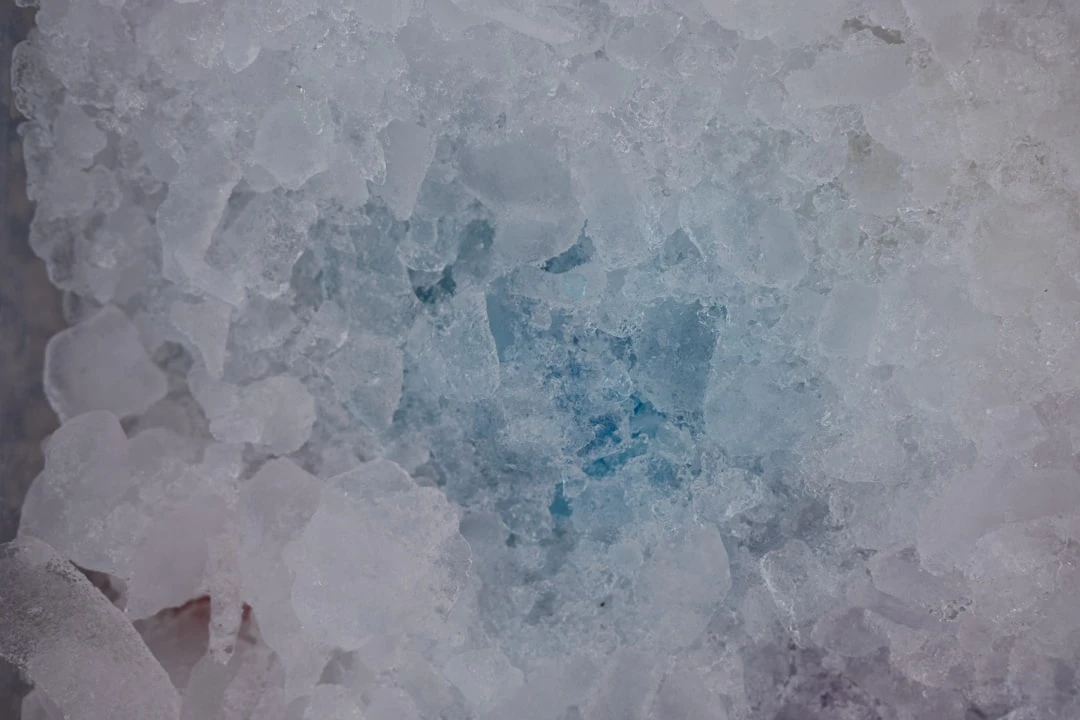How to Maintain a Refrigerator and Defrost a Freezer

Everyday worries tend to accumulate in the kitchen – especially when it comes to our most important household appliances. Proper maintenance of refrigerators and freezers may seem like a tedious chore, but it actually extends the lifespan of the devices and saves energy. Let's take a closer look at how to do this correctly, safely, and with minimal effort.
Daily refrigerator maintenance
A refrigerator needs regular attention to work efficiently and keep food fresh. For a refrigerator to work effectively, it is essential to maintain the correct temperature – it should be between 2-5°C, while the freezer temperature should be -18°C or colder. Check regularly that the temperature remains adequate, as temperatures that are too high promote bacterial growth, while temperatures that are too low waste energy unnecessarily.
The refrigerator should be cleaned at least once a month. First, unplug the device and remove all food items. Then take out the shelves and drawers and clean the interior surfaces with a weak baking soda solution. Rinse with warm water and dry thoroughly. The baking soda solution removes odors and cleans effectively. You should definitely avoid harsh chemicals such as degreasers, Clorox, essential oils, or abrasive agents, which can damage the refrigerator's interior surfaces and even pose a fire hazard.
Door seals are critical to the refrigerator's effective operation. Check the seals every 6 months, clean them with a gentle detergent, and make sure they are intact and fit snugly against the refrigerator. If you notice cracks or wear on the seals, it's time to replace them – poor seals are one of the main causes of ice buildup.
Freezer defrosting: step-by-step guide
The freezer should be defrosted when the ice layer is thicker than 4 mm. Electrolux recommends following specific steps for this. First, remove all food items from the freezer and store them, if possible, in another freezer or cooler. Unplug the device, leave the doors open, and place towels or a water basin at the bottom to collect the meltwater. Wait until the ice melts on its own.

It is important to remember that you should never use metal tools, sharp objects, hair dryers, or hot water to remove ice – these can irreversibly damage the freezer and void the warranty!
If you want to speed up the defrosting process, try safe methods. Air circulation speeds up melting, so you can place a room fan nearby. You can also place bowls of warm (not hot) water in the freezer and replace the cooled water regularly with fresh warm water. Once the ice starts to melt, you can carefully use plastic scrapers.
Remember: food should not be defrosted at room temperature, as this promotes bacterial growth. Also, it is extremely important to know that thawed food should not be refrozen, as this poses a food safety risk.
Preventing ice buildup
Excessive ice buildup in the refrigerator and freezer can be prevented in several ways. Try to limit the frequency and duration of door openings, as each opening lets warm air into the refrigerator. Check the condition of the door seals regularly and don't put hot food in the refrigerator – let it cool down first.
Keep the drain channel clean – clean it at least once a month with the included cleaning brush to prevent water from dripping. Electrolux recommends paying special attention to drain channel maintenance so that meltwater doesn't drip onto food items.
When to call a professional?
While most maintenance tasks can be done yourself, there are situations where it's worth calling a specialist. If your refrigerator makes unusual noises, the temperature doesn't remain stable despite adjustments, there is water pooling under the refrigerator, or the device frequently shuts off or doesn't work properly, there may be a deeper technical problem. If you've maintained your refrigerator properly but the problem persists, it's worth consulting an expert.
Cleaning the refrigerator when moving
When moving to a new home, it is important to clean the refrigerator and freezer thoroughly. Follow the same steps as regular cleaning, but be even more thorough. Make sure the device is completely dry before transport and leave the doors slightly open during transport to prevent mold and odors from developing.
From the Kinnisvara24 portal you can find useful tips for moving to a new home and maintaining household appliances, which ensure a smooth transition to a new residence.
Summary
Proper maintenance of refrigerators and freezers is an investment that pays off in the form of a longer lifespan and better energy efficiency. Regular cleaning, timely defrosting, and preventing simple problems help avoid costly repairs in the future. Small daily maintenance steps ensure long-term efficient operation of the device and keep food stored safely.




